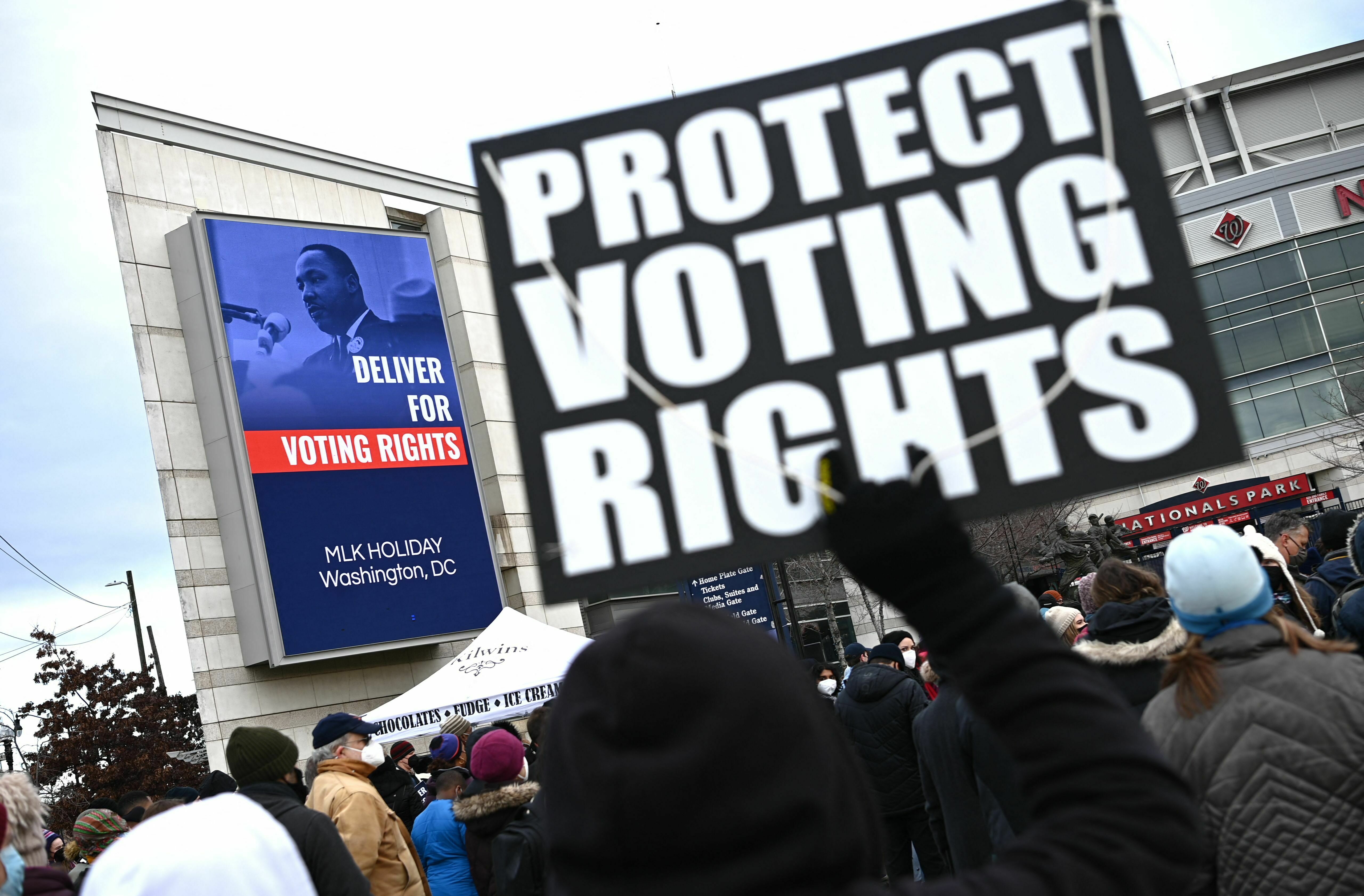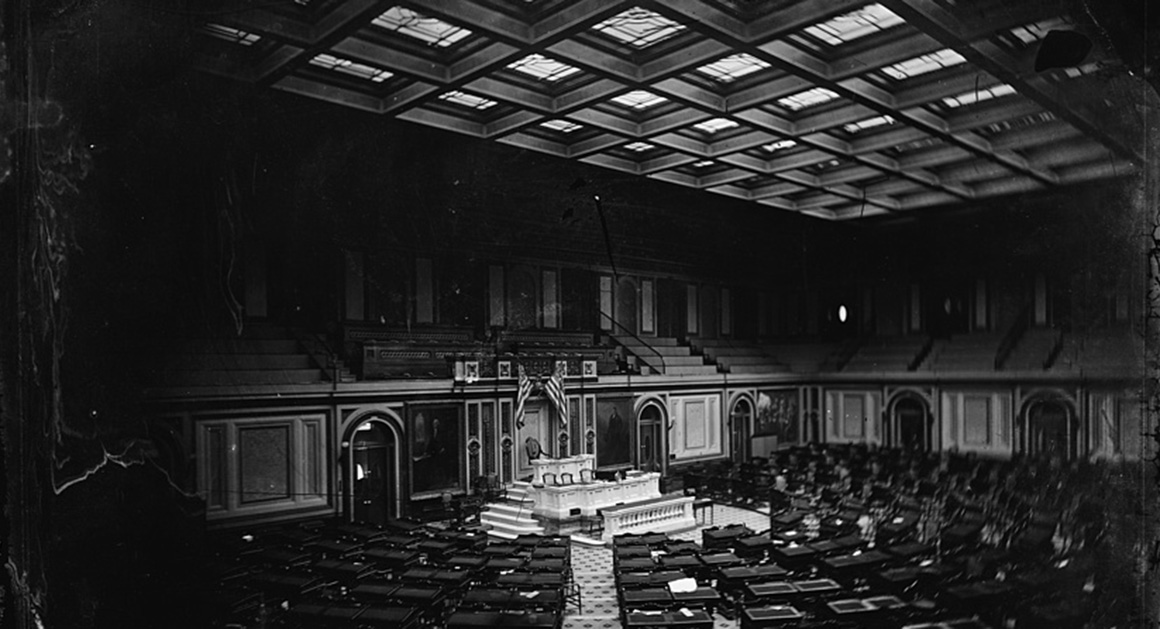The disconnect between American citizens and their elected officials is alarming. A staggering 85% of the population struggles to identify their congressional representatives, raising serious questions about civic engagement and democratic accountability. This issue is not just a matter of apathy; it reflects systemic barriers that have resulted in widespread disenfranchisement, particularly among marginalized communities.
Voter Disenfranchisement and Civic Ignorance
According to house.gov, the government provides a service for constituents to find their representatives by entering their ZIP codes. Yet, many encounter errors or misinformation, indicating a deeper issue with how districts are delineated and how information is communicated. The complexities of congressional districts can confuse even the most politically engaged voters, leading to a significant gap in representation.
Impact of Misinformation on Democracy
When constituents cannot correctly identify their representatives, the consequences are dire. Misinformation breeds further disengagement, ensuring that the voices of the most vulnerable populations—people of color, low-income families, and youth—remain unheard. As reported by Census.gov, accurate knowledge of representation is crucial for participatory democracy. Without it, citizens are less likely to advocate for their rights or engage with pressing issues like health care, education, and civil liberties.
\n\n
Voting Rights Act"s legal challenges to watch in 2024 : NPR
Access to Information and Barriers to Engagement
The absence of a centralized database for public email addresses of congressional members exacerbates the issue. Each representative has the autonomy to set their communication policies, often limiting accessibility. This fragmentation disproportionately affects those without resources or digital literacy skills, as highlighted by the lack of a straightforward method to contact representatives. The White House also emphasizes the importance of knowing one"s representative, but the lack of streamlined communication methods creates an uphill battle for many constituents.
Structural Barriers in Congressional Districting
The complexities of district boundaries further complicate citizens" understanding of their political geography. As noted by UCLA"s Political Science department, these boundaries are often drawn in ways that dilute the influence of specific demographic groups, leading to underrepresentation. Communities that are historically marginalized face additional challenges in engaging with their representatives, a phenomenon that perpetuates cycles of poverty and disenfranchisement.
\n\n
House inaugurates its current chamber, Dec. 16, 1857 - POLITICO
The Urgent Need for Reform
To counteract this alarming trend, comprehensive reforms are necessary. There must be a concerted effort to simplify the process of identifying and contacting representatives. An accessible, centralized database for public representative contact information could empower citizens and enhance civic literacy. Furthermore, efforts to educate communities about their rights and how to engage effectively with their representatives must be prioritized.
As a former civil rights attorney, I understand the critical importance of participation in a democracy designed to be representative. The failure to connect citizens with their elected officials threatens the very foundation of our governance. It is not just about knowing who your representative is; it’s about ensuring that every voice is heard in the halls of power, particularly those voices that have been historically silenced.







![[Video] Ukrainian An-124 Cargo Plane Lands in Israel for Unspecified Load](/_next/image?url=%2Fapi%2Fimage%2Fthumbnails%2Fthumbnail-1764420658156-36b0b4-thumbnail.jpg&w=3840&q=75)
![[Video] Ukrainian Sea Baby Drones Disable Two Russian Tankers in Black Sea](/_next/image?url=%2Fapi%2Fimage%2Fthumbnails%2Fthumbnail-1764420086294-elzana-thumbnail.jpg&w=3840&q=75)